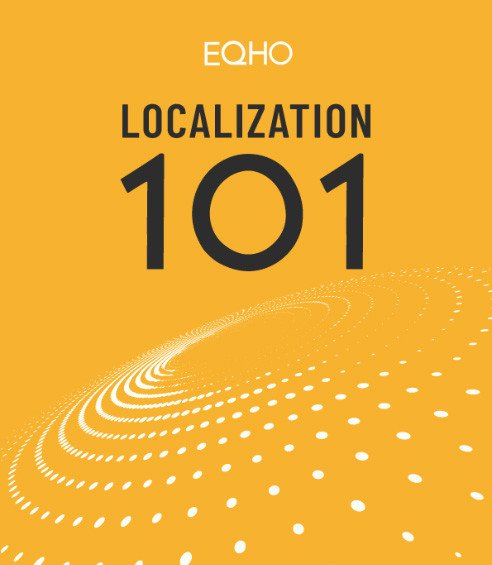Thai
Translation Services
Boost your brand value in Thailand by delivering engaging and relevant customer experiences across all media channels
Thai Localization
Performing Thai localization can be a tricky business. A complex non-Latin character set with tone marks, multiple registers for differing social context, significant text expansion when translating from English into Thai, determining whether technical terminology should be translated or transliterated – these are just some of the aspects that need to be considered in order to ensure that your business connects with its target audience effectively.
In addition, the lack of spacing between Thai words inevitably causes issues with line breaking during desktop publishing, meaning that it is essential to work with Thai-native DTP operators. Therefore, selecting an experienced Thai localization partner is crucial if you want to get your projects done correctly on the first pass.
Why EQHO Thai Translation & Localization Services?
Lower translation costs
Reduce translation costs by over 50% using our language technology.
Speed up turnaround
Leverage previous translations from our extensive database
Control terminology
Ensure consistent terminology use using integrated TermBase technology tools
With in-country translators and subject specialists located worldwide in over 65 countries and two centralized Asia-based production centers made up of localization engineers, desktop publishing specialists and quality assurance experts, EQHO can tailor a localization solution to suit your global business objectives.
About Thai Language
The Thai language is now generally considered to be a member of the Tai group of the Tai-Kadai language family, although in China it is still classified as a member of the Sino-Tibetan language family. Other significant members of Tai group include Thai, Shan, and Zhuang; of these, Thai is most closely related to Thai, and for the most part, the two languages are mutually intelligible. Tradition holds that the initial form of the Thai script was created in 1283 A.D. by King Ramkhamhaeng, who modeled it on the Old Khmer script. The script was modified in 1357 A.D. during the reign of King Li Thai, and again in 1680 during the reign of King Narai. The latter modification is still in use today.
The character set is not actually an alphabet, but rather an abugida – a writing system in which the consonants may include a vowel sound which is not explicitly written. The Thai script comprises 44 consonants, 2 of which are obsolete; 19 distinct vowel glyphs, which are used both individually and in combination with other vowel glyphs and certain consonants to form more than 60 vowels, diphthongs, and triphthongs; 4 tone markers, and a number of other glyphs which affect pronunciation or indicate duplication or abbreviation.
Although Western numerals are now in common use, Thai numerals continue to be used in formal writing. Thai is written from left to right with no spaces between words; spaces are used primarily to separate clauses, sentences, and items in lists. Although Thai has no punctuation marks per se, periods are used to indicate abbreviations and ? and ! are now occasionally used in advertising and marketing copy.
Consonants
![]()
Vowel Glyphs*
![]()
Tone Markers*
![]()
Other Glyphs*
![]()
Numerals
![]()
* For technical reasons, in order to ensure that vowel glyphs, tone markers, and other diacritical glyphs are displayed correctly in all browsers, they are shown as paired with the consonant ก. (The 4 vowel glyphs which are only used in Pali and Sanskrit loan words are shown independently.
Thai Translation & Localization Challenges
- Due to the absence of spaces between words, line-breaking cannot be performed properly by a non-native DTP operator. In addition, many DTP programs cannot properly support the multi-level positioning of vowels and tone markers.
- The Thai language has multiple registers; i.e., different vocabulary is used depending on the situation and social context, as well as on the age, sex, and status of the speaker / writer and the listener / reader. There are four major registers – royal, ecclesiastical, written, and spoken – with written and spoken each having multiple sub-registers.
- Technical and scientific terms are often transliterated rather than translated, but there are few reference materials that define the “standard” spellings of such transliterations.
- Thai has a very rich system of grammatical aspect; i.e., elaboration of the manner in which an event transpires and progresses over time. This can result in considerable text expansion / contraction when translating from / to Thai.

LOCALIZATION 101
New to localization? Download our free comprehensive 20 page Localization 101 guide

Speak to us today
For more information on how EQHO can assist you with your Thai translation & localization requirements, please don’t hesitate to contact us through our website.







